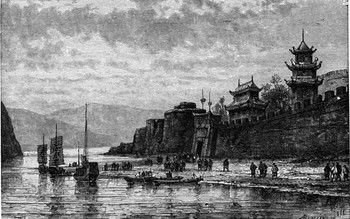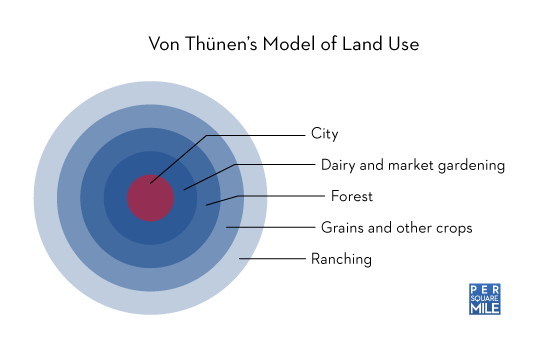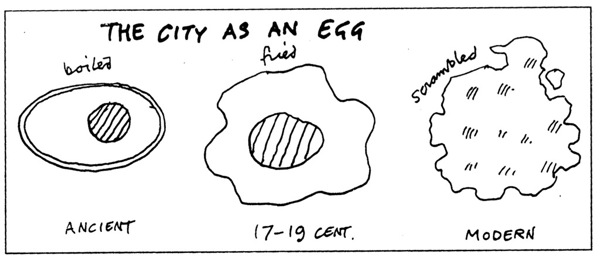We take simulated data from the three variable macro model in the last blogpost and try to estimate the parameters using Structural Vector Auto-Regression (SVAR).
- Graph, Summary Statistics & Correlations
Inflation is the annual increase in general prices measured in percentages. Nominal interest rates are also measured in % per annum. Output gap is usually calculated using some statistical filter (thus it has very small values). Typically a positive output gap implies that the economy demands for goods and services over and above its capacity. The quarterly data looks like this:
Visually, the graph shows that inflation, interest rate and output gap are stationary. Stationarity means that the series is likely to have constant mean- Inflation always seems to return to 4%, interest rates to 6% and output gap to 0. Further, each series seems to have a constant variance - fluctuations do not get wider or narrower but remain even throughout.
We now look at the correlation between variables and their lagged values:
Lets look closely at this matrix - each (i,j) entry in this matrix tells us the correlation of the ith row entry with the jth column entry. All variables are highly correlated with their own lags, indicative of strong persistence. Inflation & interest rates go hand in hand, while output gap moves against both of these variables.
We go to our central bank’s website and find that it’s constitution says that “…our main endeavour will be to keep the general rise in consumer prices to 4% per annum…”. This means that the central bank was targeting inflation to be at 4%. The summary statistics confirm that inflation has been largely kept at the target of 4%. Further, nominal interest rates have been about 6% on average, which indicates that average real interest rates have been about 2%. This should correspond to the “natural” level of real interest rates - consistent with zero output gap.
B. Structural Vector Auto Regression
Let us assume that the “structural” model is given by:
The deltas form the constants in the regression, the gammas form the contemporaneous effects and the rest of the coefficients tell us how the variables are connected via lags. The “structural” shocks are independent of each other also. We cannot estimate the VAR in this form, we bring it to its “reduced form”:-
After estimating the “reduced form” we need to go back to the “structural form”. This is the identification problem. If we compare equation (1) and (2) we see that:
“Reduced form” shocks are not structural shocks but rather mixtures of structural shocks. There are many possibilities - output gap, inflation & interest rates all can effect each other contemporaneously - 6 free parameters (gammas).
When we move from the estimated VAR parameters to the SVAR we need to restrict a few parameters to achieve identification. In this case we impose restrictions on at least 3 out of 6 of these contemporaneous effects. One plausible restriction is the Keynesian idea that firms don’t like to change prices that often and so inflation cannot respond immediately to output & interest rates. And sluggish output too does not respond to changed interest rates. This also fits well with the Monetarist idea that monetary policy suffers from transmission lags. In contrast, we allow inflation to effect output & interest rates without lag and output to effect interest rates without lag. So we impose:
After this we deal with the question of how many lags. More lags means better fit but more parameters. The goal is to explain more with less. These criteria give us the lag order for which there is maximum goodness of fit with least parameters. The results say that a lag order of 1 makes most sense.
We estimate the SVAR:
Overall the model fit is excellent. But all contemporaneous effects are insignificant at 5 % level. Some lagged variables are insignificant at 5 % level. All those that were insignificant are force to zero in the final estimation.
The estimates change slightly, and one term that was earlier significant becomes insignificant (the effect of lagged output gap on interest rate becomes insignificant). The final estimates of parameters are given here:
Further we can also say that inflation has a unit root. This corresponds well to the idea that expectations are adaptive. The final estimates also show that the central bank is indeed a pure inflation targeter. It does not seem to respond to output fluctuations.
D. Impulse Response Function (IRFs)
The next step is to generate Impulse Response Functions (IRFs). These IRF plots tell us what structural shocks do to the economic system:
- Top row - positive ‘supply’ shock - purely to inflation: Pushes inflation above target immediately - the central bank responds a quarter later by raising interest rates. Rising inflation expectations, lowers real interest rates, which lead to a temporary positive output gap but that is quickly reversed because nominal interest rates have been raised.
- Middle row- positive ‘policy’ shock - purely to interest rates: leads to an immediate hike in interest rates which is quickly reversed, but which causes demand to fall in the next period and reduce inflation after another quarter. Interest rates are reversed, and through demand, bring inflation back up to target
- Third row - positive demand shock - purely to output: which raises demand immediately. This has effect on inflation in the next quarter, which rises. And then interest rates rise in the 3rd quarter, to correct the rise in inflation.
Verdict
So did we get it right? Yes. All the coefficients were accurately identified, in terms of both direction and magnitude. And the Impulse Response Functions approximated the simulations carried out in the previous blog post. Just compare -
The True Model :
While this exercise was done in a very controlled environment we have demonstrated that advanced estimation techniques like the SVAR do work.




































